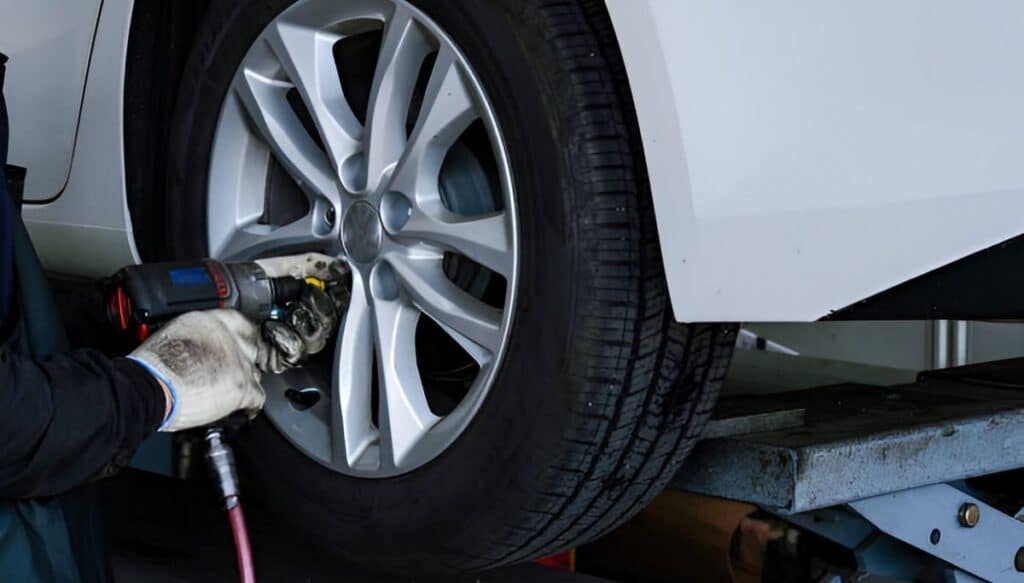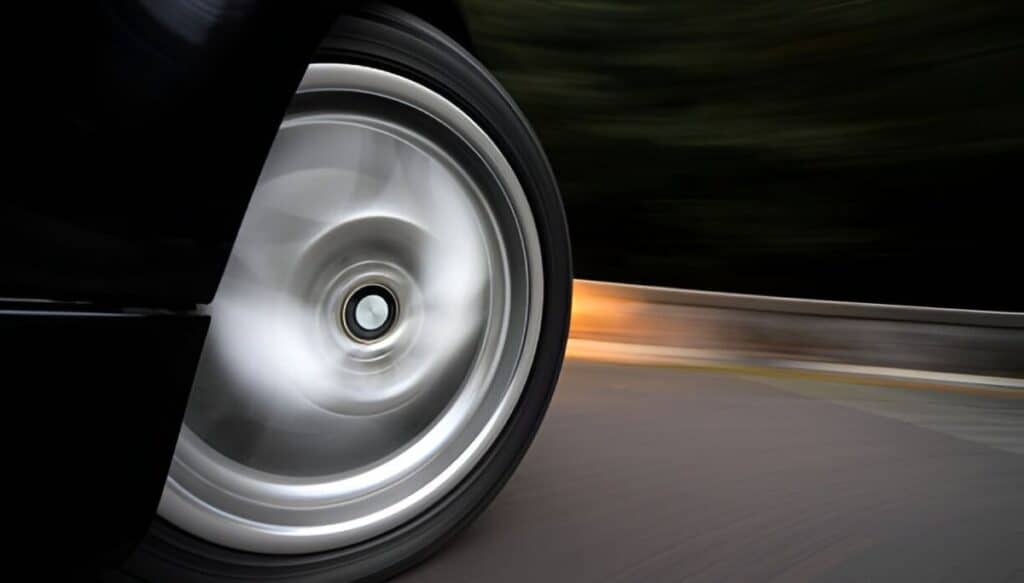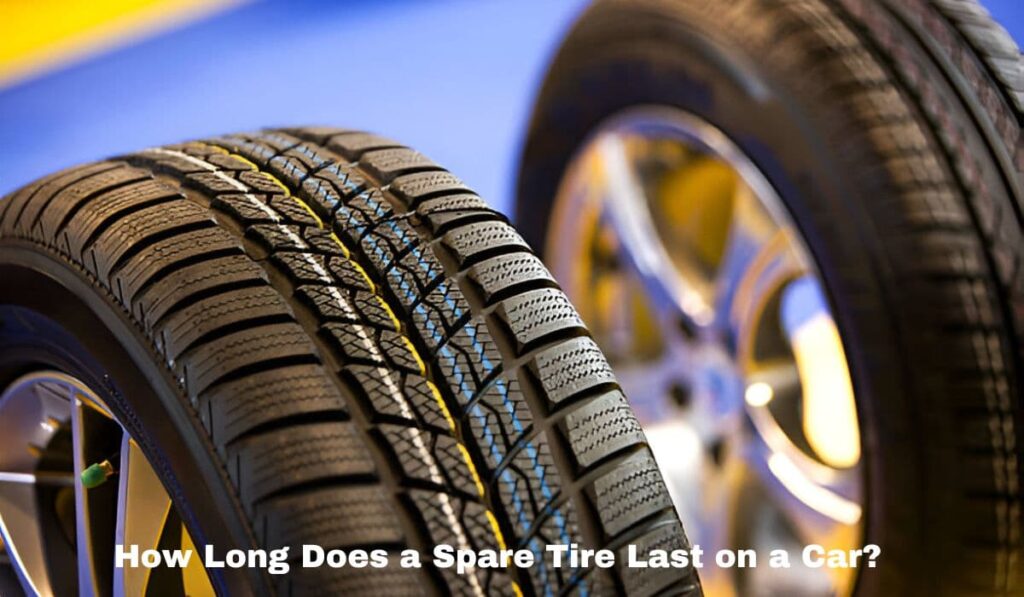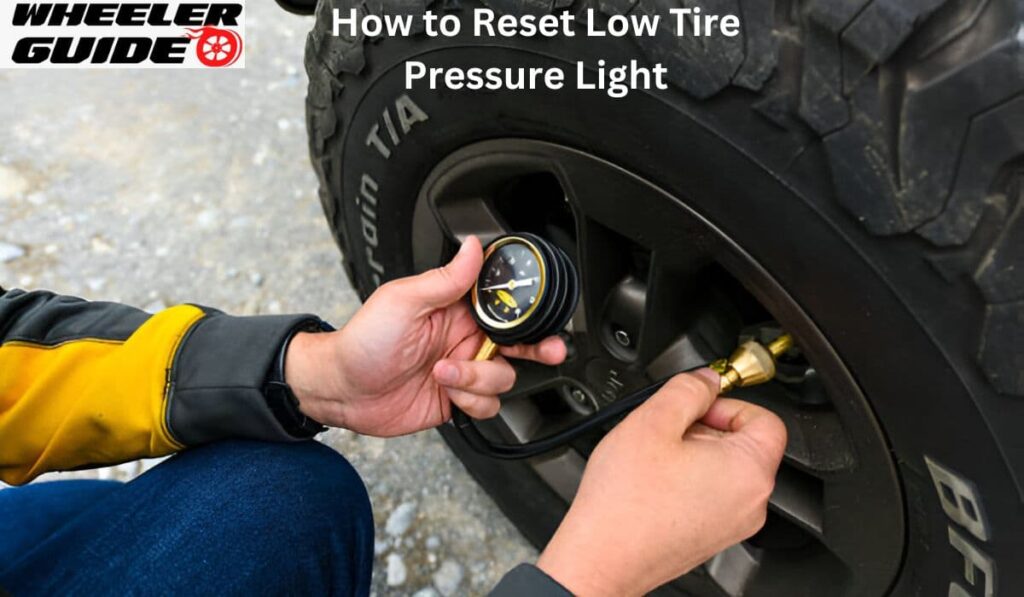Tire rotation is an essential maintenance task that involves shifting the position of your vehicle’s tires. Regularly rotating your tires helps ensure even wear, improves handling, and extends their lifespan. Most experts recommend doing this every 5,000 to 7,500 miles or during routine oil changes.
Many drivers wonder if they need to rotate their tires. The answer is yes, as it plays a crucial role in keeping your vehicle safe and efficient on the road. Failing to rotate your tires can lead to faster wear and potential performance issues, making it important to stay on top of this simple procedure.
Understanding Tire Rotation
Tire rotation is an important part of vehicle maintenance that helps ensure your tires wear evenly and last longer. By regularly rotating your tires, you can improve your vehicle’s performance and safety. Here are key aspects you should know about tire rotation.
The Purpose of Tire Rotation
The main purpose of tire rotation is to prevent uneven tire wear. Different positions on your vehicle cause tires to wear at different rates. For example, the front tires usually wear faster because they handle steering and braking forces.
Rotating your tires helps balance this wear. Typically, tires are rotated every 5,000 to 7,000 miles, but always check your owner’s manual for specific recommendations. During rotation, tires may switch places from front to back or side to side. This process results in longer tire life and better traction.
Regular tire rotation can save you money in the long run by delaying the need for new tires. It also helps maintain smoother handling, contributing to a safer driving experience.

How Tread Wear Affects Your Drive
Treadwear directly influences your car’s performance and safety. Tires with worn tread can lead to loss of grip, especially in wet or slippery conditions. Adequate tread depth is essential for effective braking and handling.
As tires wear down, their ability to channel water away decreases, increasing the risk of hydroplaning. Regularly checking tread depth is crucial. You can use the penny test: insert a penny into the tread grooves. If you can see all of Lincoln’s head, it’s time for new tires.
Maintaining proper tread depth through rotation not only enhances performance but also ensures a smoother and more comfortable ride. By keeping an eye on your tires, you can avoid unexpected issues and maintain your vehicle’s efficiency.
The Benefits of Regular Tire Rotation
Rotating your tires regularly offers several important benefits. It helps to extend the lifespan of your tires, improves your vehicle’s safety, and enhances overall performance. Understanding these advantages can help you make informed decisions about tire maintenance.
Extending Tire Lifespan
Regular tire rotation is essential for extending the lifespan of your tires. When you rotate your tires, you ensure that they wear evenly. Uneven wear occurs because different tires bear varying amounts of weight and friction depending on their position on your vehicle.
If you only replace worn tires without rotation, you’ll lose tread depth on some tires faster than others. This leads to the need for premature replacements, increasing your costs. By following the recommendations of your service center and rotating your tires approximately every 5,000 miles, you can maximize their durability and save money in the long run.

Improving Vehicle Safety
Your safety on the road greatly depends on the condition of your tires. Worn tires can affect your braking, steering, and traction. Regular tire rotation helps maintain even tread wear, which is crucial for proper handling and stopping distance.
When tires wear unevenly, one side may have significantly less tread depth. This can lead to reduced grip, especially in wet or slippery conditions. By rotating your tires, you minimize these risks and ensure that your tires perform optimally. Consistent rotations support your vehicle’s alignment and enhance your overall driving experience.
Enhancing Vehicle Performance
Tire rotation impacts your vehicle’s performance in several ways. When your tires wear evenly, you can experience better fuel efficiency. Worn tires increase rolling resistance, which can make your engine work harder, thus decreasing your gas mileage.
Additionally, well-maintained tires contribute to a smoother ride. If your tires are evenly worn, you’ll feel fewer vibrations and less noise while driving. Your vehicle will respond better to steering inputs, leading to a more comfortable and confident driving experience. Regularly visiting your service center for tire rotation ensures that your vehicle remains in top condition.
When and How Often to Rotate Your Tires
Knowing when and how often to rotate your tires is crucial for maintaining their lifespan and performance. Regular tire rotation helps to ensure even wear, which can improve handling and safety.
Mileage Guidelines for Tire Rotation
You should aim to rotate your tires every 5,000 to 7,500 miles. This range is a common recommendation among manufacturers. Check your vehicle’s owner’s manual for specific guidelines.
You may need to rotate your tires more frequently if you have a vehicle with all-wheel drive or four-wheel drive. Uneven wear can occur due to the nature of power distribution in these vehicles.
Many drivers choose to rotate their tires during oil changes, providing a convenient schedule. Keeping track of your mileage can help you stay on top of this maintenance task.

Considering Driving Patterns and Conditions
Your driving habits and conditions also affect how often you should rotate your tires. If you frequently drive on rough roads or in extreme weather, consider rotating your tires more often.
In urban areas, stop-and-go traffic can cause uneven wear. If you often carry heavy loads or tow, this can also increase tire wear.
Pay attention to the tire tread. If you notice variations in tread depth greater than 2/32 of an inch, it’s time for a rotation. Regular checks can help you identify when your tires need attention to maintain performance and safety.

Tire Rotation Patterns and Techniques
Understanding tire rotation patterns and techniques is important for your vehicle’s maintenance. This ensures even tire wear and can extend the life of your tires.
Pattern Variations for Different Drivetrains
Different vehicles require specific tire rotation patterns based on their drivetrain. Here are the main types:
- Front-Wheel Drive (FWD): For FWD vehicles, you typically move the front tires straight back to the rear. The rear tires then move to the front but cross sides. This pattern ensures even wear since the front tires handle steering and traction.
- Rear-Wheel Drive (RWD): With RWD vehicles, the rear tires move straight to the front, while the front tires cross to the rear. This helps balance the wear across all tires.
- All-Wheel Drive (AWD): AWD systems often require a more complex pattern. You might follow the manufacturer’s recommendations, which usually involve an alternating front-to-rear and side-to-side rotation.

Step-by-Step Guide to Rotating Tires
Here’s a simple guide to help you rotate your tires correctly:
- Gather Tools: You will need a jack, jack stands, and a lug wrench.
- Loosen Lug Nuts: Before lifting the vehicle, slightly loosen the lug nuts on all tires.
- Lift the Vehicle: Use the jack to raise the vehicle. Secure it with jack stands for safety.
- Remove Tires: Take off the tires one by one, checking for wear or damage as you go.
- Follow the Pattern: Rotate the tires according to your drivetrain pattern. For FWD, move the front tires to the rear and rear tires to the front, crossing sides. For RWD, do the opposite.
- Reinstall Tires: Put the tires back on and tighten the lug nuts securely before lowering the vehicle.
By following these steps, you can ensure proper tire rotation and enhance your vehicle’s performance.

Additional Tire Maintenance Considerations
Maintaining your tires goes beyond just rotation. Two key aspects are balancing and alignment, as well as recognizing when it’s time for new tires. Both play a critical role in your vehicle’s performance and safety.
Balancing Tires and Alignment
Balancing your tires ensures that they wear evenly and do not cause vibrations while driving. A balanced tire can improve your vehicle’s handling and prolong the life of your tires. You should have your tires balanced whenever you install new ones or if you notice vibrations at certain speeds.
Tire alignment involves adjusting the angles of the wheels to make sure they are perpendicular to the ground and parallel to each other. Proper alignment reduces tire wear, enhances your vehicle’s stability, and contributes to better fuel efficiency. Regular checks are essential, especially if you hit a pothole or curb, or if your steering feels off.

Recognizing the Need for New Tires
Knowing when to replace your tires is crucial for safety. Look for signs such as uneven tread wear, visible cracks, or bulges. You can also perform the penny test: insert a penny into the tread. If you see all of Lincoln’s head, it’s time for new tires.
Check the tread depth regularly. Tires typically require replacement when tread depth falls below 2/32 of an inch. Remember that worn tires can lead to reduced traction and longer stopping distances, especially in wet conditions. Keeping tires in good condition supports safe driving and helps avoid costly repairs.
Cost and Service Options for Tire Rotation
When it comes to tire rotation, knowing the costs and finding service options can help you make informed decisions. You can expect a range of prices and may be able to locate promotions that make the service more affordable.
Average Cost of Tire Rotation Services
The average cost for tire rotation services typically ranges from $60 to $72. If you also want to balance your tires, the total cost can go up to $112 to $132. Various factors can influence these prices, such as your location and the type of vehicle you drive.
For instance, some independent shops may offer tire rotations from $15 to $120. Chain outlets often provide competitive prices, with costs starting as low as $9.99 at places like Firestone. Keep in mind that if you purchase tires from certain retailers, they may offer free rotations for a limited time.
Finding Service Specials and Offers
To save money on tire rotations, look for service specials at local shops and dealerships. Many places run promotions, especially during seasonal changes or holidays.
You can often find deals online or through newsletters. Websites and coupon apps frequently feature discounts on tire services. Don’t forget to ask about any loyalty programs.
Some places even include tire rotation as part of an oil change package, which can provide good value. Always check for any hidden fees to avoid surprises at the service counter.
FAQs About Tire Rotation
What is a tire rotation?
Tire rotation involves changing the position of your tires on your vehicle. This helps ensure even tire wear, which can extend the life of your tires.
How often should you rotate your tires?
Most experts recommend rotating your tires every 5,000 to 7,500 miles. Check your vehicle’s owner’s manual for specific guidelines.
Why is tire rotation important?
Rotating your tires helps to prevent uneven wear. Uneven wear can lead to alignment issues and reduced performance.
Can you rotate your tires yourself?
Yes, you can rotate your tires at home if you have the right tools, like a jack and jack stands. Make sure to follow a proper rotation pattern.
What happens if you don’t rotate your tires?
Not rotating your tires can lead to a shorter tire life and increased risk of tire failure. You might also notice changes in vehicle handling.
Is tire rotation a free service?
Many auto service shops offer tire rotation as a free service when you get an oil change or other maintenance done.
Do all vehicles need tire rotation?
Yes, all vehicles benefit from regular tire rotation, but the method may vary based on whether you have front-wheel drive, rear-wheel drive, or all-wheel drive.
Frequently Asked Questions
Tire rotation is an important aspect of vehicle maintenance. This section addresses common questions about how often to rotate your tires, the right patterns, and the benefits of regular rotation.
How often should tires be rotated?
You should rotate your tires every 5,000 to 7,500 miles, or as recommended by your vehicle’s manufacturer. Many drivers find this matches well with their oil change schedule.
What is the proper tire rotation pattern for my vehicle?
The proper tire rotation pattern depends on your vehicle’s drive type. For front-wheel-drive cars, the front tires typically move to the rear, while the rear tires cross to the front. All-wheel-drive vehicles may require a different pattern as indicated in your owner’s manual.
Can tire rotation affect wheel alignment?
Tire rotation itself does not directly affect wheel alignment. However, proper tire wear from regular rotation can help you notice misalignment issues early. It is good practice to check alignment if you observe uneven tire wear.
What are the benefits of rotating tires on a regular schedule?
Regular tire rotation helps ensure even tread wear, which can improve handling and traction. It can also extend the lifespan of your tires, saving you money in the long run.
How does tire rotation contribute to tire longevity?
By rotating your tires, you promote even wear across all tires. This balanced wear can help your tires last longer and perform better, avoiding the need for early replacements.
What are the indicators that my tires need rotation?
Signs that your tires need rotation include uneven tread wear, noise while driving, or if your vehicle pulls to one side. Regular visual inspection can also help you determine when it’s time for a rotation.


